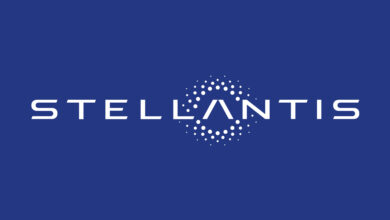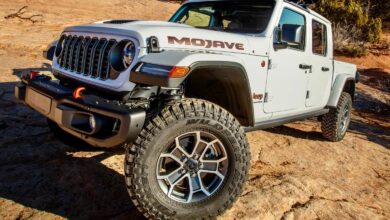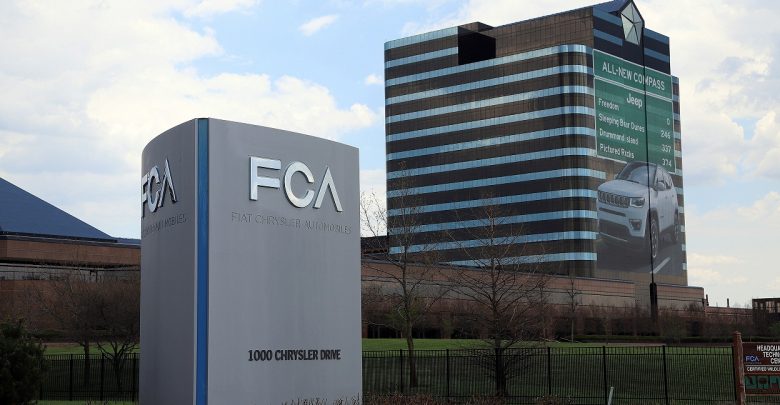
On Wednesday, Fiat Chrysler Automobiles (FCA) released its financial results for the second quarter of 2019, along with their outlook for the remainder of the year. While the automotive industry continues to slow down, worldwide FCA is sticking to their earlier earnings guidance for the rest of 2019.
“We continue to deliver strong performance in North America and LATAM. Robust demand for our new products, along with steps we’ve taken to exert discipline across all of our businesses, have generated the momentum to achieve our full-year 2019 guidance.” – Mike Manley, CEO of FCA
North America Region:
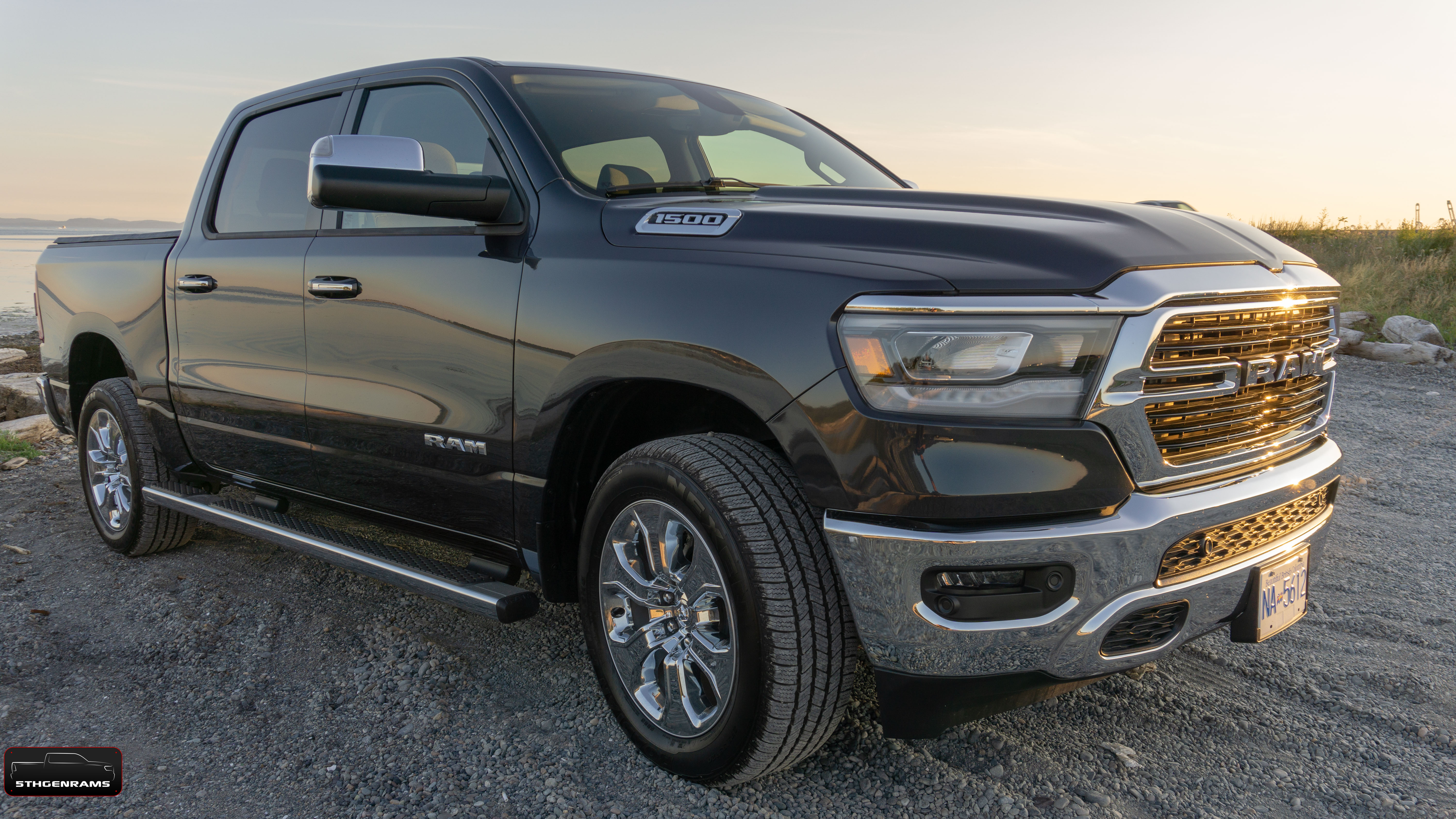
FCA reported record second-quarter profits in the North American market with an adjusted EBIT (Earnings Before Interest and Taxes) of 1.565 Billion Euros. FCA attributes much of their success in the North American Market to the Ram Brand which has had much success with the all-new 2019 Ram 1500 (DT), Ram 1500 Classic (DS), and a successful launch of the 2019 Ram Heavy Duty models. Through the first half of the year, Ram now holds 27.9% of the full-sized pickup market share, up 7% from the same period last year.
The Jeep Gladiator is also outperforming FCAs expectations with production now running at full speed, earlier than anticipated. Back in June, the Gladiator held 7.7% of midsized pickup sales for the month.
The record profits come even with vehicle shipments being down 12% compared to Q2 of 2018, which is attributed mainly to dealer stock reductions of approximately 80 thousand units. This year FCA held 12.4% of the U.S automotive market, mirroring their position from last year while the market as a whole was down 2% compared to the previous year. FCA also continued to work on the Mack Avenue plant, preparing it for the next-generation Jeep Grand Cherokee and mid-sized three-row Jeep SUV.
The overall adjusted EBIT Margin (operating profit in relation to sales) for Q2 2019 was 8.9% for the North American market.
Latin America (LATAM) Region:
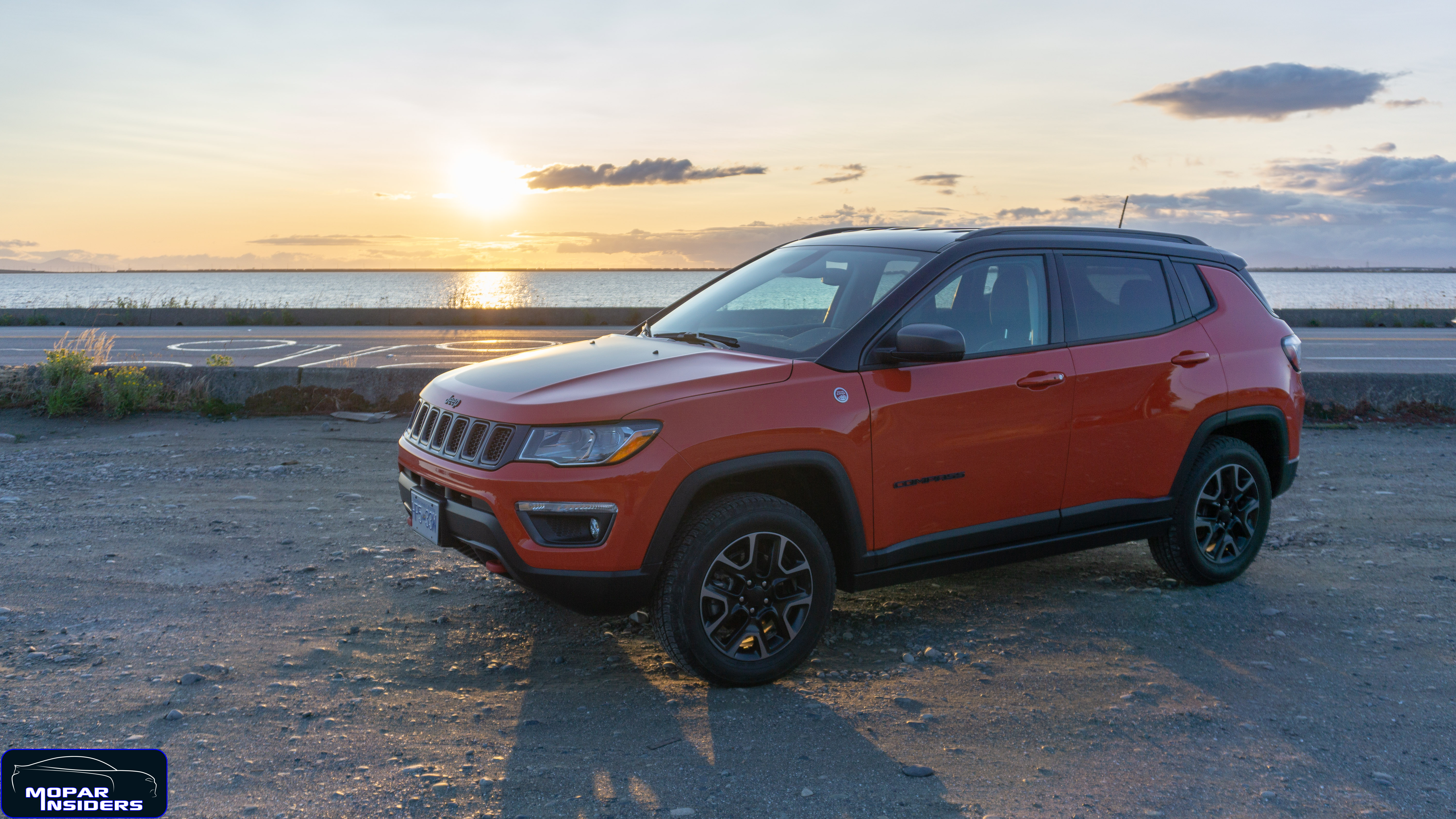
FCA brands had a strong performance in Latin America, improving their market share from 13.4% to 14% while the industry as a whole was down 6% compared to Q2 of 2018. Much of the success is being attributed to the strong performance of FCAs commercial brands in Brazil, where they are the market leader.
Adjusted EBIT in the LATAM market was 110 Million Euros, up 9% compared to Q2 2018, with an adjusted EBIT margin of 5.4%.
Europe, Middle East, & Africa (EMEA) Region:

FCA brands held 7% of the EMEA market share in the second quarter of 2019 compared to 7.6% in the same period last year. As a whole, the EMEA market is down 4% compared to the same period in 2018. Vehicle shipments were down 10% compared to Q2 2018, primarily due to the discontinuation of the Alfa Romeo Mito and Fiat Punto along with plans to improve the sales channel mix.
Adjusted EBIT for the EMEA region came in at 22 Million Euros, with an adjusted EBIT margin of 0.4%.
APAC (Asia Pacific) Region:

The Asia Pacific market was the hardest hit market worldwide, down 7% compared to Q2 of 2018. Of this market, FCA held 0.5% Market Share down from 0.7% Market Share in the same period last year. Net revenues were up 17%, with a favorable volume and model mix, as well as non-repeat of prior year incentives for import duty changes, but were partially offset by lower sales of components to the China Joint Venture. Jeep Wrangler sales are up in the APAC region, but those sales are being offset by lower sales volumes by FCAs Chinese Joint Ventures.
Overall FCA had an adjusted EBIT in the APAC region of negative 12 Million Euros, with an adjusted EBIT margin of negative 1.6%
Fiat Chrysler Automobiles As A Whole:

As a whole FCA put up second-quarter revenues of 26.74 Billion Euros, generating adjusted operating income before interest and tax (adjusted EBITDA) of 1.53 Billion Euros and a margin of 5.7%. Adjusted net profit came in at 928 million Euros, up 2% compared to Q2 2018. Currently, FCA has available liquidity of 23.5 Billion Euros, up 16% from March 31, 2019.
According to FCA, “We have also taken a number of steps to further strengthen our fundamental business performance. Our leadership team was complemented with the addition of two members to our Group Executive Council recruited from outside the company. In China, we overhauled the leadership and structure of our joint venture. We also continue to strengthen business disciplines around our management of costs, inventories, commercial initiatives, and product planning processes.


